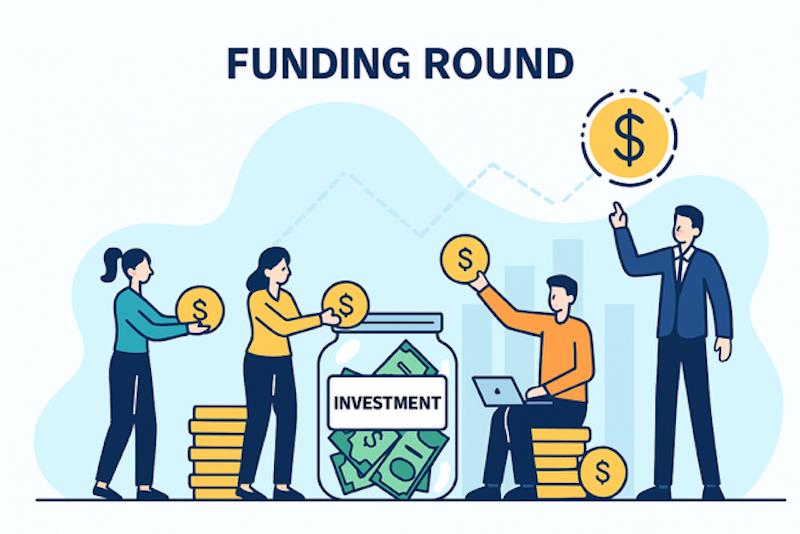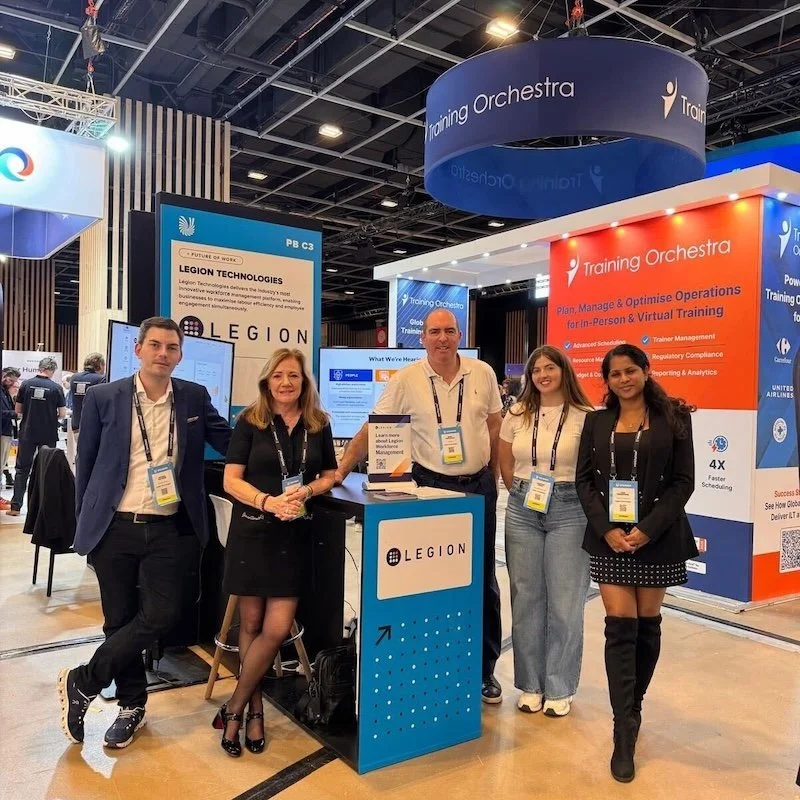SaaS application development: what you need to know in 2025
Developing SaaS applications is a fast moving field. It is one of those areas where what worked five years ago may be wrong today. If you are planning to create a SaaS app, you are getting into a competitive zone that is not only about having an idea and a few developers.
In 2025, the SaaS landscape is changing. Organisations are not only demanding cloud-based solutions, but they are demanding smarter, more efficient, and AI enhanced software. The expectations in terms of security, scalability, and user experience are very high. Nevertheless, no one is going to pay for a product that brings no real value.
To meet these growing demands, many companies are turning to an offshore software development company in Ukraine for cost-effective, high-quality SaaS development. Ukraine has built a strong reputation for its skilled engineers, innovative approach, and deep expertise in cloud computing, AI integration, and microservices architecture. Working with an offshore team in Ukraine allows businesses to accelerate product development while maintaining top-tier security and scalability standards.
In this guide, I will explain how to create a SaaS application step by step, including the necessary steps, real-life examples, and tips.
If you are an entrepreneur, a technical founder, or someone who wants to transition from conventional software to SaaS, this will provide the necessary insight. This will provide the necessary insight.
A trusted partner in offshore software development can help businesses build scalable SaaS solutions with a strong emphasis on performance, security, and user-centric design - making them a valuable resource for both startups and enterprises.
What is SaaS Application Development?
In its simplest sense, SaaS application development is the creation of web-based applications that are accessed through a web browser and do not require the user to install anything on their computer. Not like traditional software which needs to be installed and updated on the user’s machine and stored on the local drive, SaaS solutions are cloud-based and provide automatic updates, scalability, and subscription-based pricing.
Some of the most well-known SaaS products include:
● Google Workspace: A suite of productivity tools which include Gmail, Google Drive and Docs.
● Shopify: A platform to create eCommerce stores using Google Cloud.
● Notion: A hybrid note-taking and project management application.
A DSP platform (Demand Side Platform) is another prominent example of SaaS, allowing advertisers to automate the purchasing of digital ad space in real time, optimize campaigns with data-driven insights, and manage advertising across multiple channels from a single interface.
All these products are based on the core principle of SaaS platform development: to provide a seamless, always available user experience with no technical involvement.
Why Create a SaaS App?
Despite the fact that developing a SaaS application is not a random trend, the subscription model is beneficial for businesses because it provides stable and recurring revenue. But from a product perspective, SaaS is also about solving a problem that traditional software cannot.
Here’s why companies choose to develop SaaS applications instead of traditional software:
● Scalability – SaaS app can handle one user or a million users with minimal changes in the infrastructure.
● Low Initial Costs – Users don’t have to buy expensive hardware or licenses.
● Automatic Updates – Customers always have the latest features and security patches.
● Global Availability – It means that users can log in from any internet-enabled device.
Nevertheless, like in any other case, with great power comes great complexity. It is not as easy as setting up some servers and coding to develop a successful SaaS platform.
Step by Step Guide to Developing a SaaS Application
1. Market Research and Idea Validation
First things first, validate your SaaS idea. A common mistake: people think their idea is good because they think so. Instead, try to find out what real users need.
For example, take a look at Notion. It did not try to be just one more note taking application but to fill the gaps in existing productivity tools and to become an all-in-one workspace. That differentiation helped it to build a solid user base.
Key questions to ask:
● Who is your ideal customer?
● What pain points does your SaaS app solve?
● Are the people willing to pay for this solution?
The best way to validate an idea? Talk to potential customers. Make surveys, get on calls, and see if they would actually pay for a solution like yours.
2. Planning the Core Features and Architecture
When you have nailed the idea, you need to determine what features are critical. It is worth mentioning that a good SaaS platform is not about including all the features that are possible; it is about solving one problem effectively.
Must-Have Features for SaaS Development:
● User Authentication – Secure login, multi-factor authentication (MFA)
● Subscription Management – Plans, billing, free trials, discounts
● Multi-Tenancy – One system that can support multiple customers efficiently
● Data Security & Compliance – Working with GDPR, HIPAA, SOC 2 compliance
● Scalability and Performance – Ability to handle peak traffic without a crash
For instance, take Slack. Slack was not just another messaging app, it differentiated itself through team collaboration, integration, and clean UX.
3. Selecting the Right Tech Stack
Now comes a crucial question – what technologies should be used for developing a SaaS app? The answer depends on your needs, but here is a description of the most popular choices:
● Frontend: Includes React.js, Vue.js, and Angular.
● Backend: Includes Node.js, Django, and Ruby on Rails.
● Database: Includes PostgreSQL and MongoDB.
● Cloud Hosting: Includes AWS, Google Cloud, and Azure.
For example, Zoom has also developed its backend infrastructure to focus on video compression and low latency, which is why it is efficient with poor connections.
4. Development and Testing
Once the tech stack is in place, start building your SaaS platform in phases. It is recommended to follow the Agile development approach to build, test, and improve the product frequently.
Best practices:
● Implement CI/CD pipelines for faster deployments
● Use automated testing to find bugs before they become problems
● Design APIs to enable third-party integration to happen seamlessly
This is where Stripe became the top online payment processor, due to its developer friendly APIs and extensive documentation.
5. Strategies for Deployment and Scaling
It is not just a matter of making a SaaS application live. It is a matter of making sure it can be scaled as the number of users grows.
Key scaling strategies:
● Load balancing – Dividing the traffic to avoid peak loads
● Microservices architecture – A monolithic app into smaller, independent services
● CDN (Content Delivery Network) – For faster access from anywhere in the world.
A perfect example? Netflix. They moved from a monolithic system to a microservices-based architecture to manage millions of users easily.
Challenges in SaaS Development
SaaS platforms aren’t all smooth sailing. Some of the biggest challenges include:
● Security Issues – This paper aims to focus on the security risks that are associated with handling sensitive user data and the need for strong encryption and regulation.
● Subscription & Billing Complexity – It is difficult to manage different pricing models, failed payments, and renewals.
● User Retention – Getting users is one thing, the other is keeping them engaged. A good onboarding experience can make a big difference.
Some companies like Spotify solve the retention issue with the help of AI-powered recommendations to make users stay stuck.
What’s Next for SaaS Development in 2025?
Looking ahead, SaaS application development is poised for more innovation:
● AI-powered SaaS – More intelligent automation and more personalization
● Low-Code & No-Code Platforms – Software development tools for everyone
● Vertical SaaS Solutions – More specific SaaS products for particular industries
For example, Veeva Systems, a SaaS provider for the pharma industry, is a dominant player in its niche by providing industry-specific solutions rather than a general-purpose CRM.
Final Thoughts
Developing a SaaS application in 2025 is not only about writing code, it is about understanding the market, choosing appropriate technology and following a proper development plan. Success in SaaS platform development is achieved by creating a product that solves real problems effectively.
If you are planning to develop SaaS seriously, then focus on stability, security and user-friendliness. Partnering with an expert SaaS development company can make a huge difference in your success.































Continue reading…